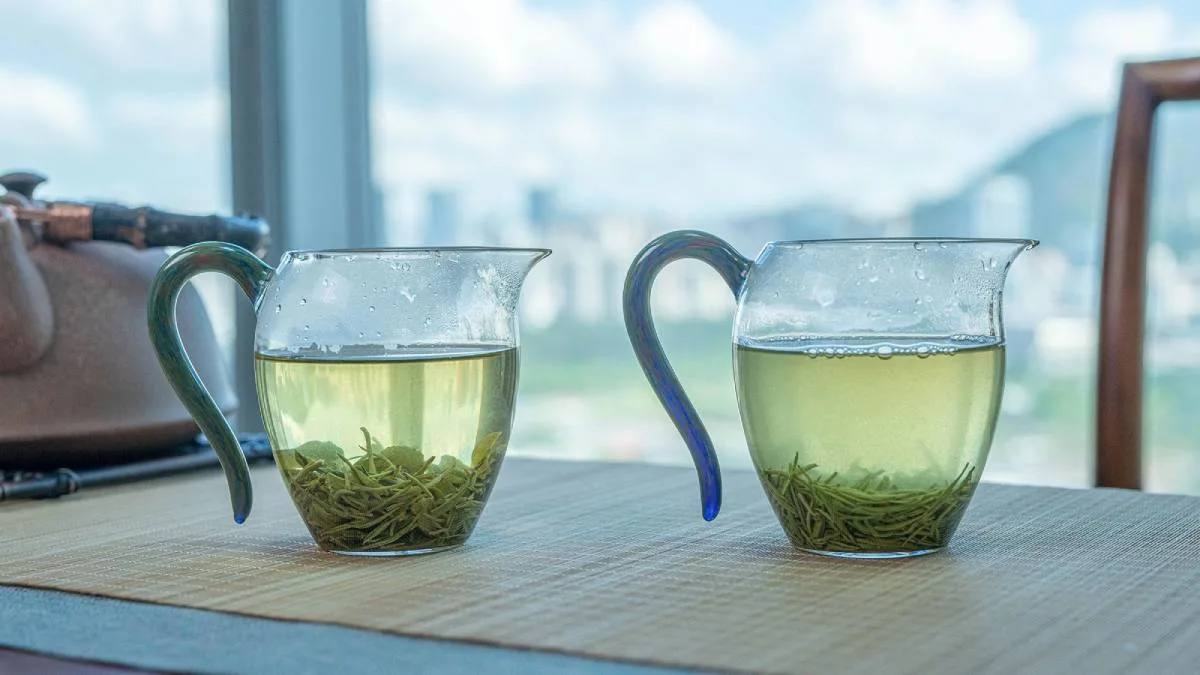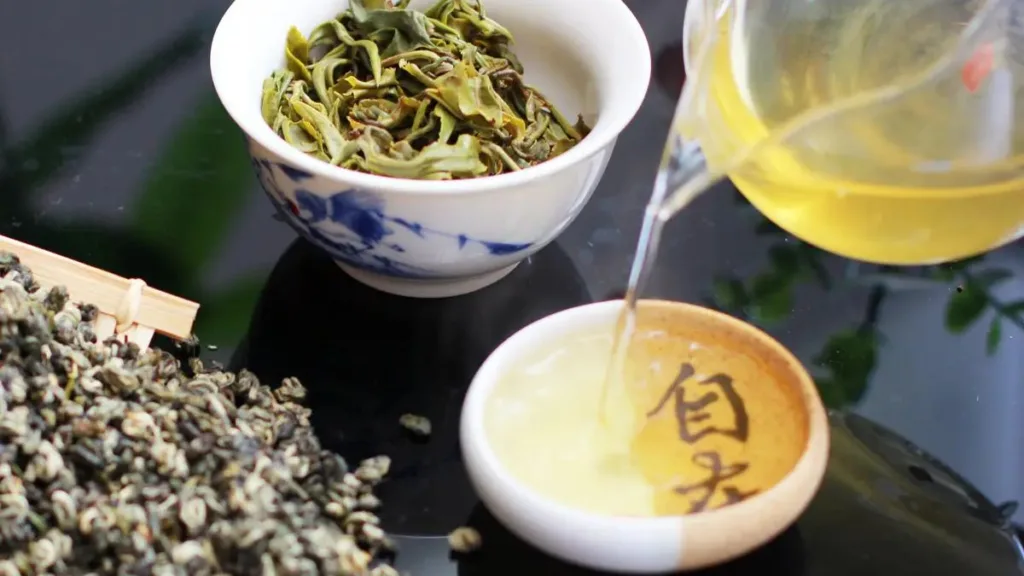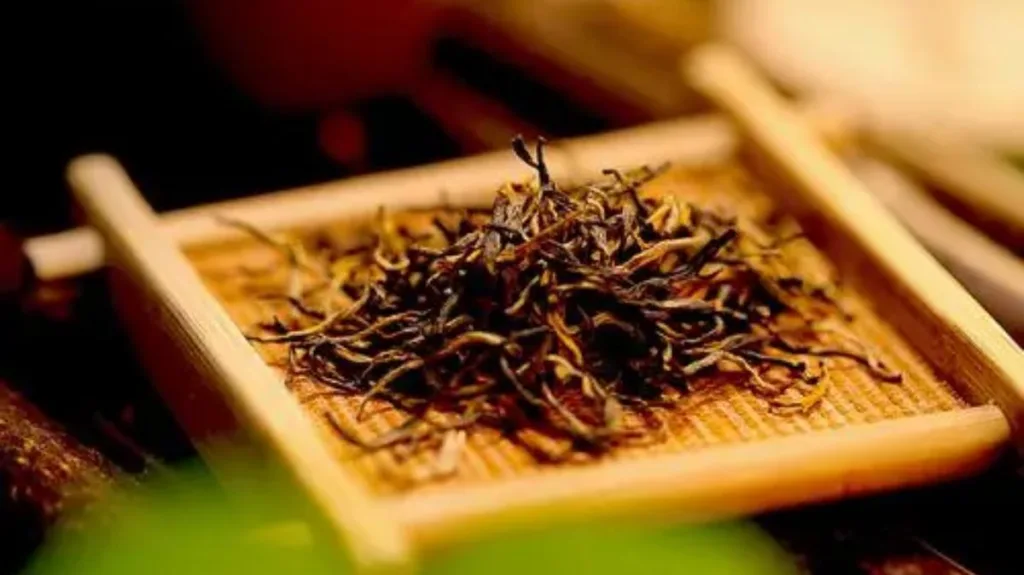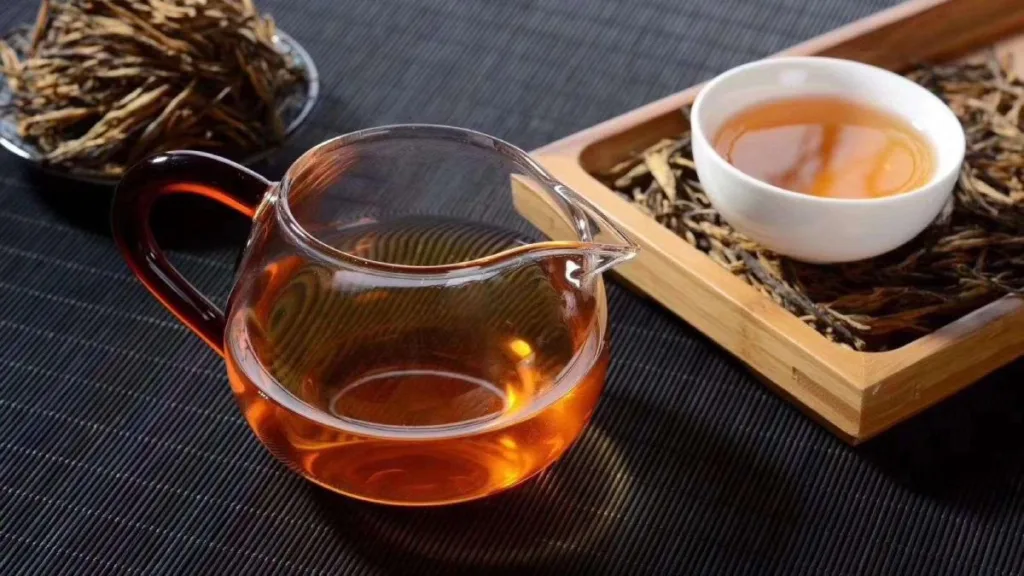People who have tried Biluochun tea might notice a peculiar characteristic, especially when steeping it in a glass cup – the tea often appears cloudy. This can lead to some confusion among those who are not familiar with the reasons behind it and might make them wonder if the tea is still safe to drink. In reality, there are several situations that can cause this cloudiness, and today we’ll delve into the details to help you understand it better.
Impurities Causing Cloudiness
One scenario where Biluochun tea might become cloudy is when it’s contaminated with dust and small impurities. When these impurities are present in the tea leaves, they can dissolve into the tea liquor upon brewing, leading to a cloudy appearance. This occurrence is often linked to factors related to the tea’s growth environment, the processing facilities, or the handling and storage. For example, if the tea garden is situated in a dusty environment or the processing facility lacks proper hygiene, it can contribute to this issue. However, it’s worth noting that Biluochun, grown on the pristine Dongting Mountain near Taihu Lake, is less susceptible to this problem. It’s often found in lower-priced Biluochun teas sourced from other regions.
Processing-Induced Cloudiness
Another cause of cloudiness can be attributed to the tea’s processing methods. Several factors can lead to the tea becoming cloudy during processing:
- Insufficient Withering and Drying: If the withering or drying processes are not carried out adequately, the tea leaves may have higher moisture content and are more likely to become cloudy. When tea leaves are not properly dried and are piled too densely for too long, they may continue to ferment and turn the tea liquor cloudy.
- Inadequate Kill-Green Process: The kill-green process (a step where the enzymatic activity in the tea leaves is halted) might not be thorough enough or could be compromised by excessive rolling. This can contribute to cloudy tea.
- Over-Drying and High Temperatures: If the kill-green process is excessively dry or conducted at very high temperatures, it can lead to the presence of many tea leaf particles and a darker, cloudier appearance.
Tea Down in the Infusion
Biluochun’s unique feature is the presence of abundant tea tips and young leaves that can easily come off during brewing, causing the tea infusion to appear cloudy. However, the abundance of tea tips is a testament to the high-quality and tender nature of the tea leaves. They are rich in essential nutrients, such as amino acids, which are highly desirable for tea quality.
Cloudiness after Cooling
If you’ve ever steeped a cup of Biluochun tea and left it sitting around, you may have noticed that the tea liquor becomes cloudy and unattractive. This phenomenon, known as “post-cooling cloudiness,” occurs when the tea cools down, and many nutrients within the tea diffuse into the liquor, creating a cloudiness effect. This is often referred to as “complexation.” It’s essential to note that this isn’t a sign of deteriorating tea quality. In fact, it signifies that the tea is rich in valuable nutrients. Unlike sediment, which can be present in some teas and indicates lower quality, cloudiness due to complexation is a temporary condition that can be easily reversed by gently reheating the tea.
High Water Temperature and Prolonged Brewing
Finally, one more situation that can cause Biluochun tea to turn cloudy is using water at excessively high temperatures and allowing the tea to brew for an extended period. Using boiling water or keeping the tea leaves steeping for too long can contribute to cloudiness.
In summary, when Biluochun tea appears cloudy, don’t be quick to dismiss it. The cloudiness may be due to various factors such as impurities, processing methods, or the nature of the tea leaves themselves. If cloudiness is due to an abundance of tea tips, it’s a sign of high-quality tea. Biluochun is renowned for its “four wonders”: beautiful shape, vibrant color, intense fragrance, and rich taste. These characteristics, along with cloudiness in some cases, collectively enhance its unique charm and reputation as one of China’s most celebrated green teas.



